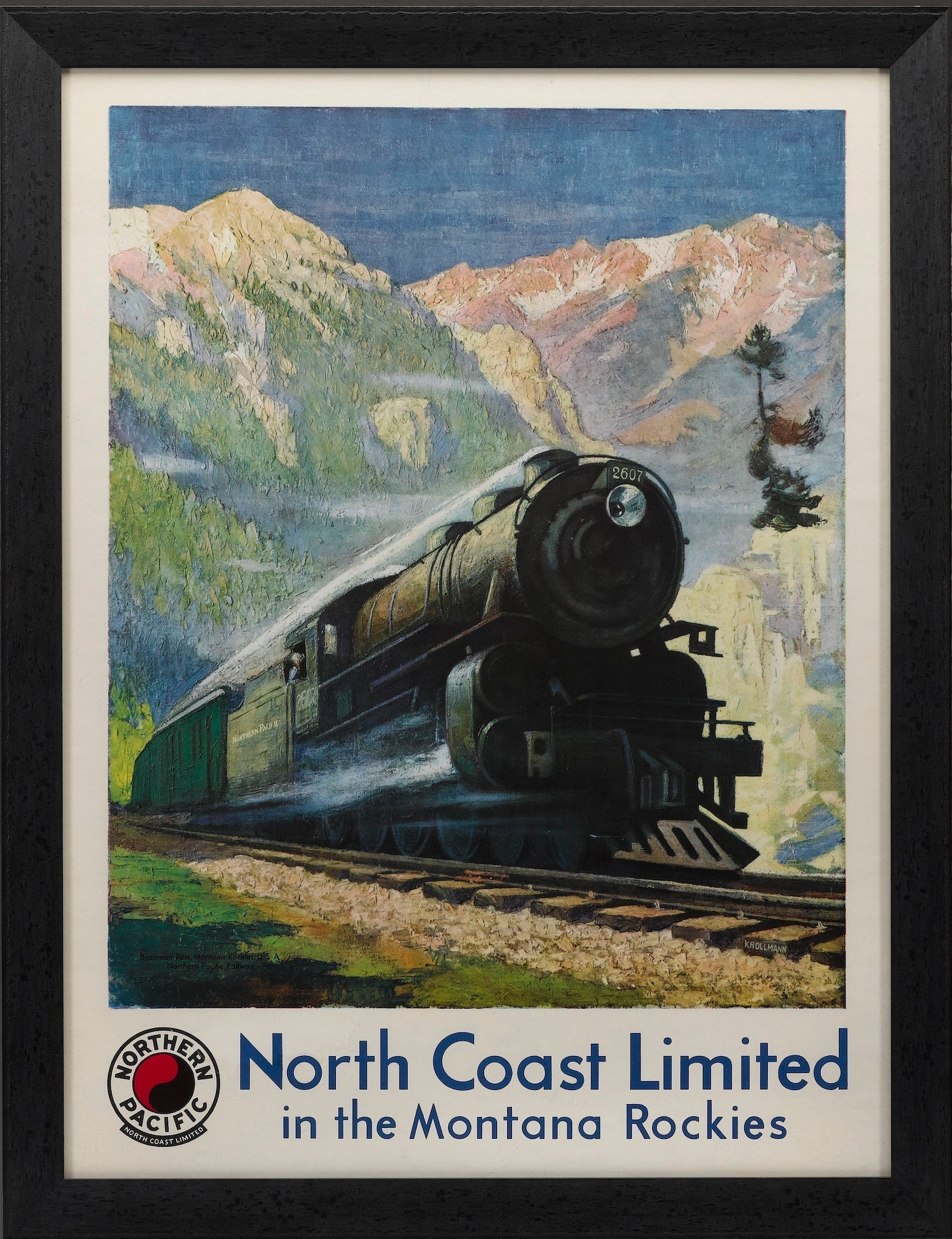We Struck Gold! The Anniversary of the Gold Rush
We Struck Gold!
The California Gold Rush (1848-1855) began on January 24, 1848 when a small gold nugget was found at Sutter’s Mill; that’s 172 years ago! The Gold Rush gave way to an economic boom with an influx of wealth and an increase in the state’s population. It is reported that a grand total of $2 billion worth of gold and other precious metals were extracted from California during the years of the Gold Rush. Learn more about this fascinating time in history and discover some of our neat pieces celebrating California!
James W. Marshall was the first person documented as having discovered gold in the town of Coloma. Marshall worked on the land of Sutter's Mill, which was owned by John Sutter as a sawmill. Once gold was discovered, over 300,000 people across the world traveled to California throughout the seven years of the Gold Rush. These travelers, from America as well as other places around the world, such as China, Australia, and Latin American countries, went to California with the hopes to ‘get rich quick.’ This feat proved to be difficult, however, as thousands of miners left empty handed, or didn’t even survive the journey to begin with. Even so, for a lucky few the results were astounding. Even small little nuggets of gold were sold for the equivalency of thousands of U.S. dollars, which would provide the promise of a true ‘American-dream’ life if successful.
By the end of the Gold Rush, the amount of gold extracted neared 750,000 pounds, which totaled $2 billion worth of gold!
Gold was first found in Sutter’s Mill, which is located inland near the Sierra Nevada mountain range. The Sierra Nevada mountain range, or the Snowy mountains, proved to be rich in gold, thus encouraging miners to journey west. As the Gold Rush gained attention in the news, people began flooding the small towns surrounding the Sierra Nevada mountains. 1849 was the busiest and most successful year of the Gold Rush, which produced a huge influx of people from foreign countries and across America. Miners inherited the nickname ‘forty-niners’ for their timely appearance in California. At first, the flow of people into the state of California was beneficial; San Francisco grew from a small settlement to a boom-town in a matter of a few years. Roads were built, churches were established, and California became extremely diverse.
When California Became a State
The incredible influx of citizens to California even encouraged statehood; on September 9th, 1850, California became the thirty-first state to be adopted into the union. The 31-star flag was created and flown for the following Fourth of July holiday, and California’s large population was inducted as an official state in the United States of America. By the end of 1849, the population of California territory had grown tremendously. Pre-Gold Rush, the population was near just about 1,000, whereas after the Gold Rush by 1849, it had grown to 100,000 people!
The Gold Rush surely sped the process of statehood along for California, as Congress ignored the lengthy territorial processing stage usually involved in declaring a territory a state. Instead, California was granted immediate statehood due to the wealth and prosperity produced by the Gold Rush.
1851 "San Francisco, Upper California"
Lettersheet by Britton & Rey
While the promise of a successful life drove thousands to California, so too accompanied disease and crime. While the mountains were rich with gold, not all travelers found success in their efforts. Many arrived poor, starving, and desperate for a strike of luck. This encouraged crime, which was usually fed by jealousy or discrimination. Hundreds of Native Americans were endangered by the incoming foreigners, and preexisting Californian towns were taken over. Instead, towns with names like “Hangtown,” “Sucker Flat,” and “Murders Bar” popped up as rundown gathering points for unlucky miners.
After the Gold Rush, many miners attempted to make their way back to their homes and families. However, these journeys were not always simple or easy. Thus, the variety of people from different countries that arrived in California stayed around for decades to come, contributing to the diverse population seen today.
When the Gold Rush was announced, many scoffed at the idea and wrote it off as some kind of hoax. However, many travelers benefited from this 'miracle' of finding gold in the ground. The boom to the American economy, as well as the establishment of railroads and roads, changed the means of transportation and travel throughout the U.S., thus leaving a lasting impression on the newly advanced west.









